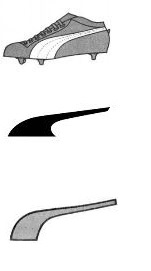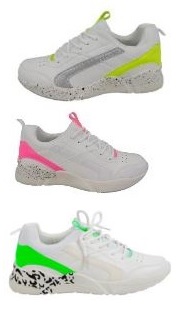Trademark agency Abcor - protect your trademark
Contact
If you have questions or want to know more about our services?Please mail: info@abcor-ip.com
Please call: 31 (0)71 576 3116
In 1996, the wordmark HOTEL CIPRIANI is registered as a trademark in the European Union. The trademark is not only filed for hotel services, but also for hospitality services, such as bar services, catering and offering drinks and food for direct use. When the Cipriani family applies for its name CIPRIANI to be registered as a EU trademark for beers in 2013, Hotel Cipriani objects. The EU Court agrees. The trademarks are very similar (the word HOTEL is weakly distinctive). In a hotel, guests can often order drinks, including beer. Beers and hospitality services are therefore deemed similar. The mark was rightly refused, according to the Court of First Instance.
trademarks
